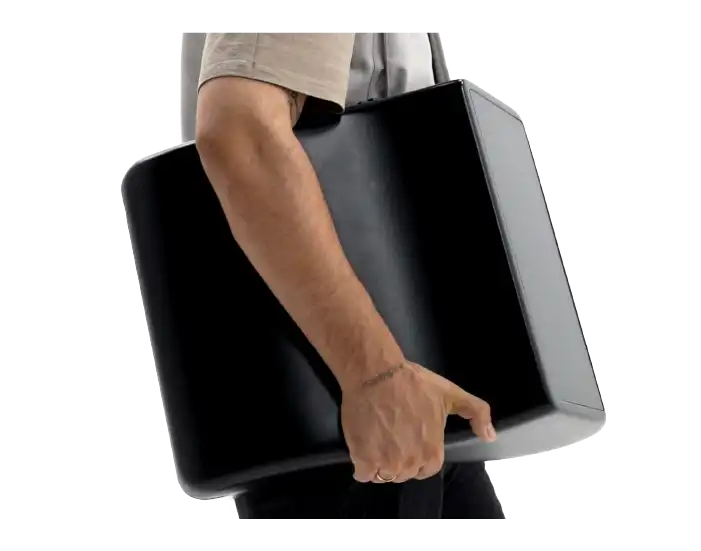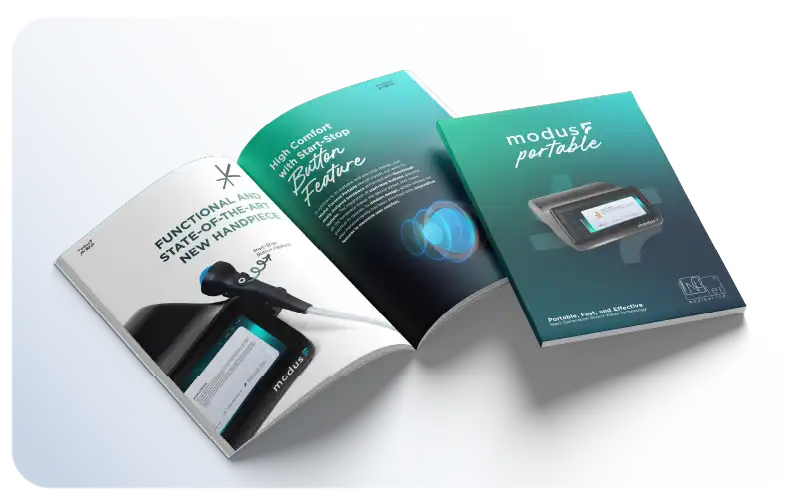
Chronic myofascial pain is a longer-lasting type of pain that can affect one or multiple muscle groups in the connective tissue.
This syndrome typically occurs after muscle overuse. As a result, pressure on sensitive points in the muscles causes pain in the muscle and sometimes in different parts of the body.
Symptoms of Myofascial Pain
The most basic symptom of myofascial pain syndrome is tissue stiffness in the affected area. Stiffness, along with pain or tenderness in the areas where myofascial pain occurs, are common symptoms.
Other effects of myofascial pain in patients are as follows:
- Muscle tightness and burning,
- Restricted joint movement or fatigue,
- Head, back, neck, chest, lower back, shoulder, and sciatic pain.
ESWT Treatment for Myofascial Pain Syndrome
Studies suggest that ESWT breaks the cycle that causes persistent muscle spasms by creating ischemia in tight bands and trigger points and provides a 21-fold revascularization. It is also suggested that it increases the inhibitory control of descending pathways by stimulating the brainstem with serotonergic activation from the dorsal root, leading to hyperstimulation analgesia. Thus, it is stated that the release of free radicals, which provide an analgesic effect, changes the chemical composition of the cellular environment.
Advantages of ESWT Treatment for Myofascial Pain Syndrome
A study showed that the improvement in a group of patients with upper trapezius muscle myofascial pain syndrome treated with ESWT was as successful as the improvement achieved with injection or transcutaneous electrical neural stimulation treatments. It was also stated that this modality could be used for the diagnosis of myofascial pain as well as for its treatment.
Are There Any Side Effects of ESWT Treatment for Myofascial Pain Syndrome, and If So, What Are They?
ESWT is generally a safe procedure. With proper application, systemic side effects are almost non-existent. The most common unwanted effects are skin hyperemia and superficial hematomas. Other unwanted effects that may occur after treatment include local pain, numbness, and tingling.
What is the ESWT Treatment Duration and Period?
ESWT is effective in relieving pain in myofascial pain syndrome after four treatments in two weeks. However, the frequency of treatment may vary depending on the area and severity of the pain and the age group of the patient.




.webp)

.webp)
.webp)



















